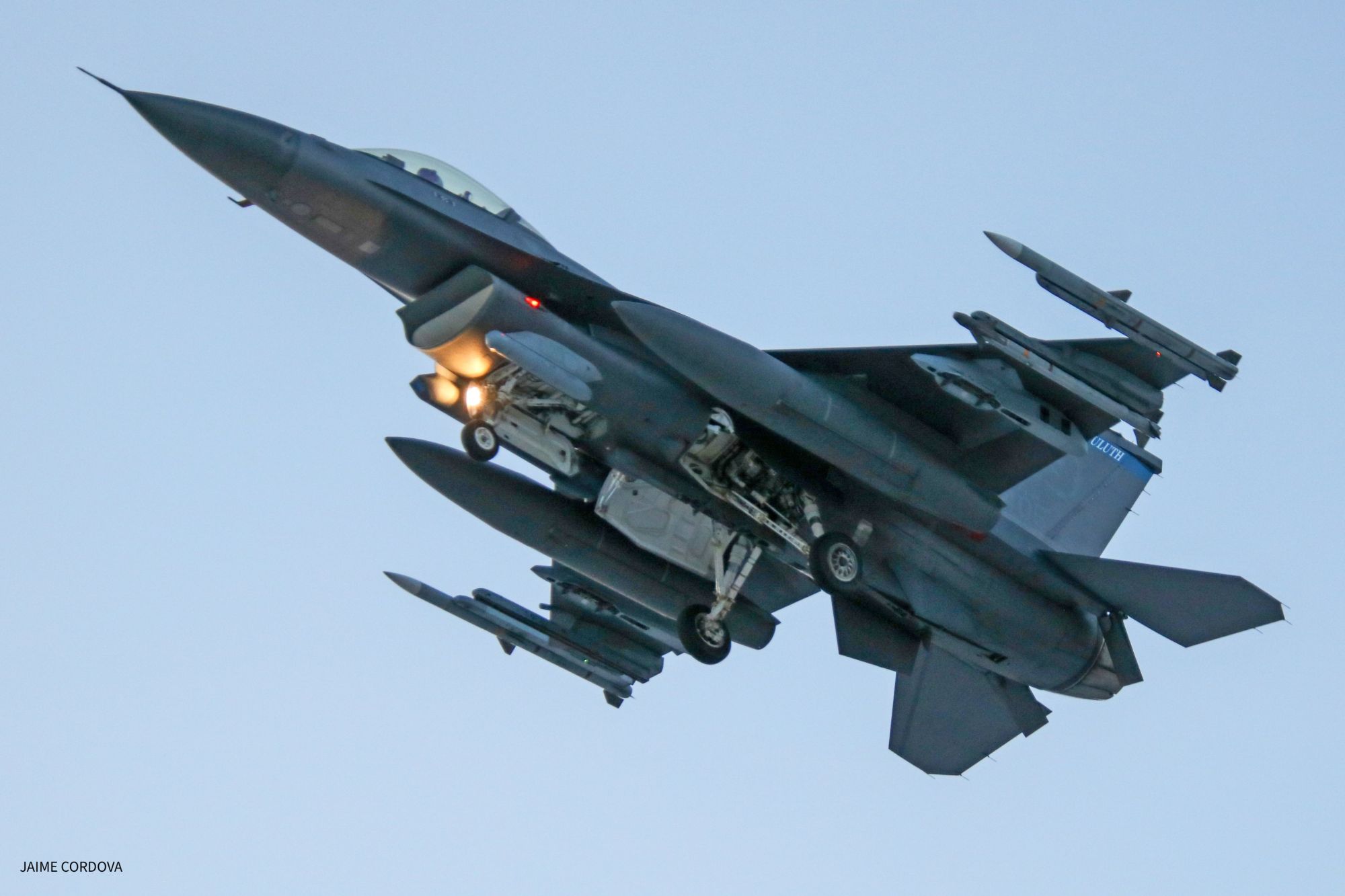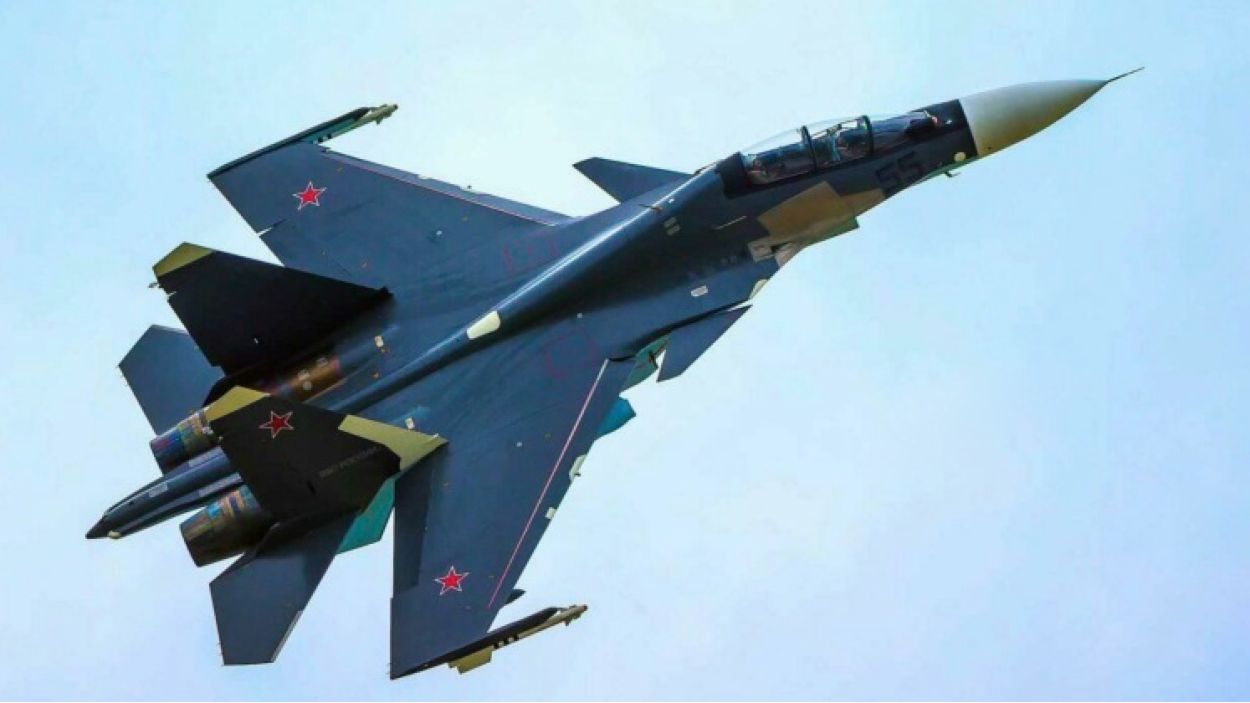The transfer of F-16 fighters to Ukraine appears to be a very likely possibility. Reports quoted President Joe Biden administration officials saying he has okayed the “training” of Ukrainian pilots by allied countries before the subsequent transfer is announced.
The approval to send Western main battle tanks (MBT) followed the same trajectory, in which the US had initially flatly declined for a year and then gradually made a U-turn.
Its European allies, mainly Germany and the UK, first unofficially and then officially expressed willingness to send their MBTs and signaled Washington to take the lead.
Biden eventually announced in a press conference that he would send Abrams tanks. Berlin and London also announced Leopard 2 and Challenger 2 tanks for Kyiv.
At the G7 summit in Japan, US officials said their country would support a “joint effort with allies and partners to train Ukrainian pilots on fourth generation aircraft, including F-16s.”
Clash Of The Century?
It will mark a watershed point in military history if it fructifies – which might take several months given the complex nature of fighter jet operation and maintenance logistics.
For one, it would involve a clash between an iconic Western jet (the F-16) and its Russian counterparts like the Su-30, Su-35, and possibly the MiG-31.
It will be watched keenly by strategists, military commanders, pilots, and scientists as it could define the course of defense aerospace science for the coming decades.
This is because the two aircraft versions face each other in other key flashpoints like India-Pakistan, China-Taiwan, and Iran-Israel (Iran is expected to acquire F-35s from Moscow). The outcome of the clash between F-16 and Su-30/35 will reverberate across geographies.
The Pakistan Air Force (PAF) and the Indian Air Force (IAF) are leading operators of the F-16s and S-30 aircraft, respectively. The latter still uses the MiG-21, MiG-29 and has the Su-30MKI as its frontline fighter. The IAF also used to employ MiG-27, MiG-23, and MiG-25 aircraft.
The February 27, 209, aerial dogfight over Kashmir, in retaliation for the IAF strikes at Balakote in Pakistan-controlled Kashmir, also reportedly saw some of the F-16s turning back upon the detection of the Su-30s, indicating the superiority of the aircraft.
During the engagement, an Indian MiG-21 was shot down by an air-to-air missile (AAM) fired from an F-16. The ‘superior’ Su-30 MKIs were unable to reciprocate PAF’s downing.
The Japanese Air Self-Defense Force (JASDF) and Taiwan’s Republic of China (RoC) air force use F-16s in the western Pacific. These will likely clash with the People’s Liberation Army Air Force (PLAAF) Su-35S fighters acquired from Russia.
China also operates the Su-30MKK directly imported from Russia and domestic Su-27 and Su-30 derivatives like the J-11, J-15, and J-16.
If F-16s are sent to Ukraine – following the long, arduous process of a formal announcement, training of Ukrainian pilots, devising tactics, and detailed operational plans in conjunction with Western military advisers – the result would be eagerly watched worldwide.

The Su-35 Flanker E is also on its way to the Islamic Republic of Iran Air Force (IRIAF) after its Permanent Mission in the United Nations (UN) confirmed the conclusion of the deal with Russia in March.
Its prime rival in the region, Israel, has been using the F-16’s ‘A,’ ‘B,’ ‘C’ and ‘D’ variants since the 1980s, with the most advanced version being the F-16I.
Tensions between the two countries are not expected to ease any time soon, and any conflict over the next few years will undoubtedly see the Su-35 and F-16 fighting it out. Moreover, a clash between the two jets will see allies exchanging information between themselves.
Ukrainian pilots will trade knowledge on their experience fighting Russian Sukhois and MiGs with Western countries, while Russia and China can be safely assumed to have some mechanism to share key strategic and tactical military intelligence information.
An Indian military expert who did not wish to be quoted said, so far, we have seen skirmishes between F-16 and Sukhoi fighters, be it between India & Pakistan or China & Taiwan, but not a full-scale confrontation. If Ukraine actually acquires F-16s, then for the very first time, Russian cutting-edge fighters like Su-35 and Su-30SM2 will have the chance to hunt US-origin warplanes like never before.

Won’t Reach Ukraine Anytime Soon
Meanwhile, according to an unnamed official quoted by CNN, the training of the Ukrainian pilots is not expected to happen in the US and will likely occur entirely in Europe. But US personnel will participate in the exercise alongside its allies there.
However, the final transfer, like the M1A2 tanks, will take at least a year, as officials have revealed. The F-16s are an even more complicated platform. CNN said the training is expected to take “several months.”
The same CNN report also said the US has no plans to expand the training of two Ukrainian pilots being hosted in Tucson, Arizona, to practice on simulators and assess the time they would take to learn to fly US aircraft.
Meanwhile, Russia’s deputy foreign minister has warned the West of “enormous risks” if Ukraine is armed with F-16 fighters. Responding to the move, Alexander Grushko said: “We see that the Western countries are still adhering to the escalation scenario.
“It involves enormous risks for themselves. In any case, this will be taken into account in all our plans, and we have all the necessary means to achieve the set goals.”
- The author can be reached at satamp@gmail.com
- Follow EurAsian Times on Google News




